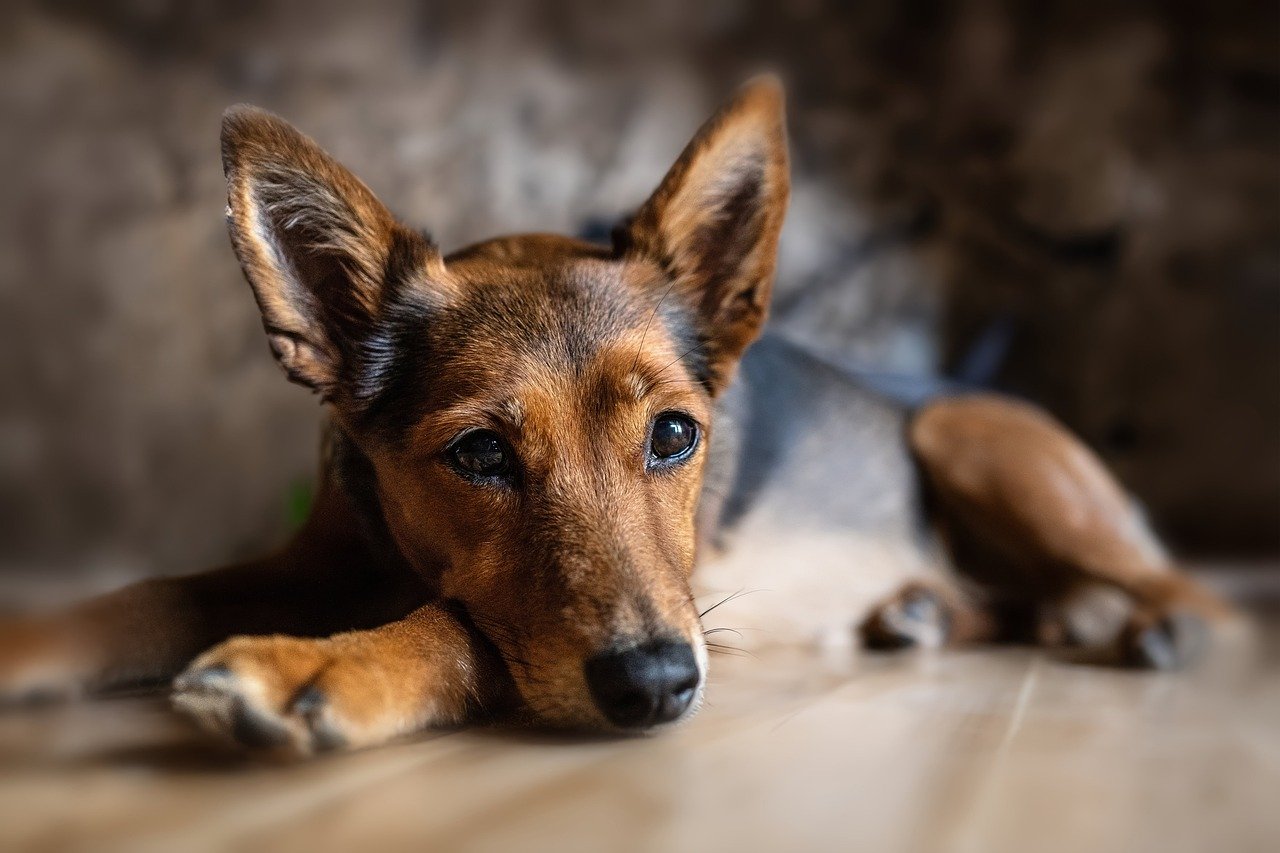Walking a dog that pulls or misbehaves on a leash can be challenging and frustrating for many owners. Traditional collars and harnesses often don’t provide enough control or may even exacerbate pulling. There is never a one-size-fits-all solution when it comes to dogs, owing to the massive number of breeds and different characteristics that come along with them. Gentle Leader harnesses are designed to give dog owners more control while being gentle on the dog and are a perfect option to try if no other muzzle or leash has worked so far.
What Does a Gentle Leader Do?
The Gentle Leader headcollar works by controlling the dog’s head, turning the dog towards the owner when it pulls. This action naturally discourages pulling without causing discomfort or harm, which isn’t always true for other leases not intended for pulling or aggressive behavior.
One of the gentle leader’s primary benefits is its ability to aid in training. It helps teach proper heeling and loose-leash walking, making it easier for dogs to learn to walk calmly beside their owner. Additionally, the gentle leader can significantly reduce leash aggression after extended use. The headcollar’s design helps the dog experience a gentle yet firm correction that, over time, can address behavioral concerns.
Compared to standard collars and harnesses, the gentle leader offers a more humane and effective alternative, especially for dogs that have developed lousy leash habits. As with any other tool, owners must make sure they are using it correctly if they expect the best benefits for their furry friend.
How to Properly Use a Gentle Leader Harness
Getting Used to the Harness: Introduce your dog to the gentle leader by letting them sniff and explore the harness at their own speed. Then, gently slip the nose loop over their snout and clip it behind their ears, rewarding them with treats and praise to reduce stress and concern on their part. Repeat this process several times to help them associate the gentle leader with positive experiences.
Addressing Discomfort: It’s common for dogs to paw at the gentle leader or show initial signs of discomfort. If this happens, distract your dog with treats or a favorite toy to refocus their attention. Consistently rewarding calm behavior helps them adjust more quickly. Keep sessions short and positive, increasing the duration as your dog warms up to the new harness.
Practice Walks: Begin practice walks in a low-distraction environment. Start by walking in small circles and trying to keep your dog by your side instead of pulling out in front. Gradually increase the size of the circles and the duration of the walks. During these practice sessions, observe your dog’s behavior and continue to reward them for walking calmly.
Common Mistakes to Avoid
With any new tool or training device, owners will understandably have their own adjustment period when learning how to integrate it into their daily routine. To make the best use of a gentle leader, avoid these mistakes new users often make:
Not Allowing Enough Acclimation Time: Rushing the acclimation process is a common mistake in every aspect of dog training. Dogs need time to get comfortable with new equipment and experiences; a gentle leader is no different. Before you even begin using it for real, leave it out in the open for them to smell, explore, and acclimate to over days or weeks.
Using It as a Punishment Tool: Once again, this mistake is not unique to gentle leaders, as many dog owners respond to negative behavior with further punishment. Even if warranted, excessive amounts of negative attention or punishment can create negative associations and hinder training progress. Instead of correcting behavior with harsh actions, pair the gentle leader’s use with positive reinforcement to encourage more good behavior and make the training experience enjoyable for your dog.
If you or your dog need a little more assistance, call the experts at Gulf Coast Dog Training. We are the area’s leading dog training professionals and provide training and boarding to dogs at all stages.





